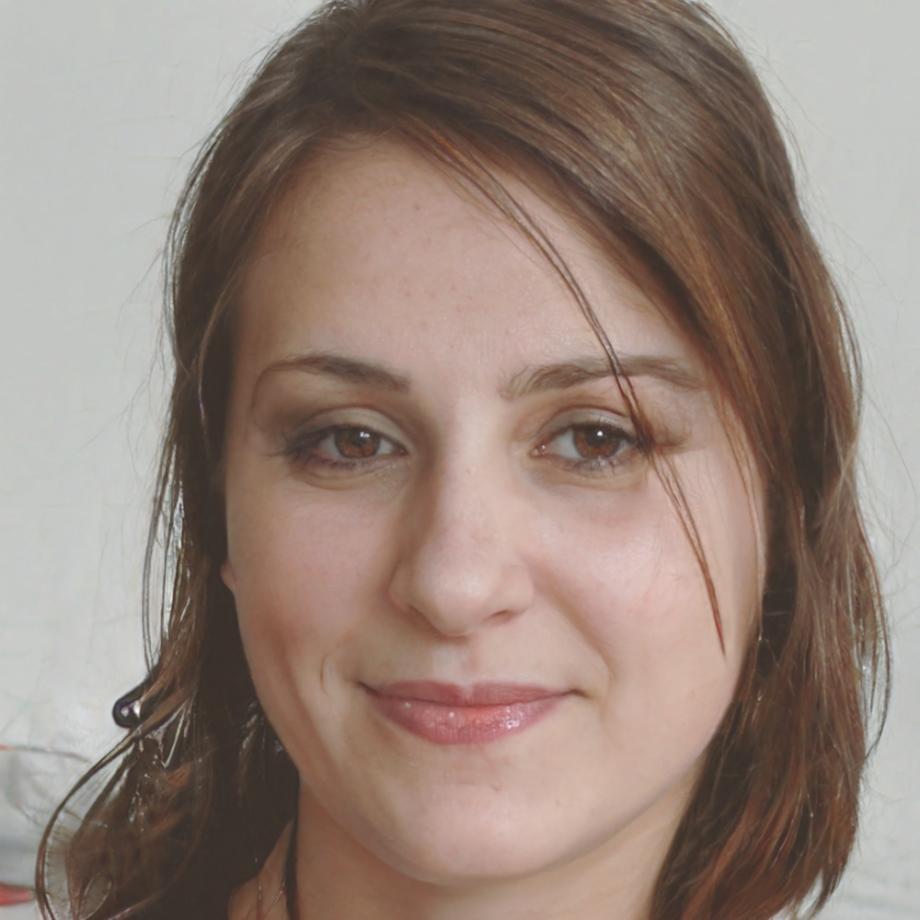Where This Goes Next
The Taiwan tech market needs more mobile developers who can ship
quality apps. Not just write code, but understand deployment,
maintenance, and working with designers and product teams.
We're doubling down on partnerships with companies that hire our
graduates. Starting in October 2025, we'll run a pilot program where
students spend their final month embedded in actual development teams.
It's messier than classroom learning, but that's the point.
Our next cohort launches in September 2025. Applications open in
June. We're keeping it small—twelve students maximum—because
individual feedback matters more than scale.
We're also experimenting with open curriculum. Some of our course
materials will be freely available by mid-2026. Good teaching shouldn't
be locked behind walls, and we're curious what the community does with
it.




